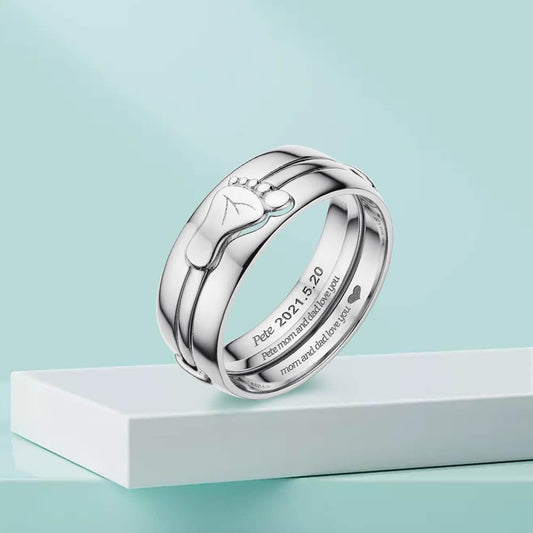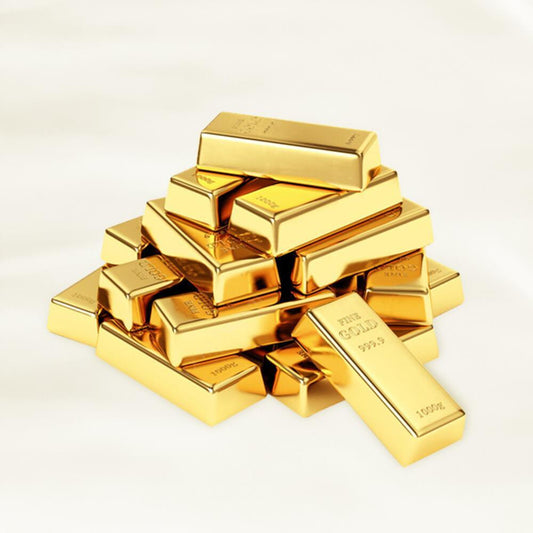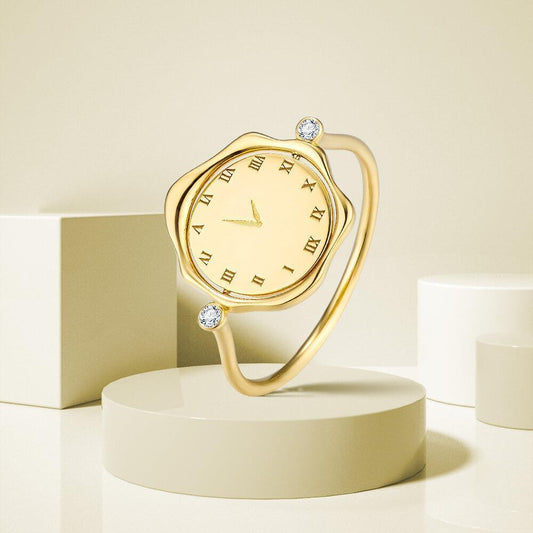Gold is one of the rarer, more precious and highly valued metals.
People love gold — and they have for a very long time.
While the gold adornments preferred by Egyptian Pharaoh Tutankhamun (aka King Tut) circa 1323 B.C. differ from those worn by today’s style influencers, gold is as prized now as it was then.
It’s no wonder that ancient cultures all over the world forged gold into jewelry and structures to portray status and wealth.
Gold Purity
As the most malleable of all precious metals, gold is an excellent choice when crafting designs with very intricate details.
Plus, it’s resistant to rust, tarnish and corrosion.
Pure gold is too soft for everyday wear, so it’s alloyed with a mixture of silver, copper, and a trace of zinc, to give it strength and durability.
This hardens the final product enough to last for many generations.
Karatage, denoted by a number followed by “k”, indicates purity, or how much of the metal in a piece of jewelry is gold.
Karatage is expressed in 24ths, making 24k gold the highest karat gold.
It has a rich and luxurious gold-yellow color, but unlike 14k or 18k gold, it’s far too malleable for everyday wear.
If you’re unsure what karat your jewelry is, you can find out by looking for a number followed by a lower case “k” stamped somewhere on the piece.
Gold Karat Chart
24 karat = 100% gold
22 karat = 91.7% gold
Both 24k and 22k are considered too soft for fine jewelry, though prized and worn in some cultures.
18 karat = 75.0% gold
Considered to be the luxury end of fine jewelry.
14 karat = 58.3% gold
Ideal for fine jewelry, balancing wearability and value.
10 karat = 41.7% gold
Not available at TDC Jewellery.
How Do You Determine The Price Of Gold?
Gold is traded on a public exchange and therefore the price is subject to many external influences.
That’s why the price of gold jewelry is largely dependent on three factors:
- Purity of gold used (the karate), combined with the physical weight of the item
- The current market value of gold
- Detail of the design and craftsmanship of the piece
Hallmarks
Gold is commonly stamped with what’s known as a hallmark.
The hallmark indicates the amount of pure gold content, and sometimes denotes the date of completion and country of origin.
And under federal law, gold jewelry must be accompanied by a maker's mark or registered trademark.
The Color Of Gold
Although it’s true that the color of pure gold is yellow, gold jewelry or objects are almost always alloys.
The metal they are alloyed with changes their color to a variety of shades depending on:
- The type of metal alloys included
- The percentage of each metal alloy
- The metals used to alloy gold, which includes: zinc, copper, nickel, iron, cadmium, aluminum, silver, platinum, and palladium
Care Tips For Your Gold Jewelry
Prolonged or repeated exposure to chlorine or other chemicals in cleaning products can harm gold jewelry.
We recommend that you remove your jewelry when gardening or cleaning to reduce abrasions and prolong the luster.
To clean gold jewelry, use a solution of warm water and detergent-free soap with a soft-bristled brush.
Then, polish it with a specialized cloth or cleaning solution.
When not worn, store your gold pieces in soft cloth bags or the original box to help prevent scratches.



